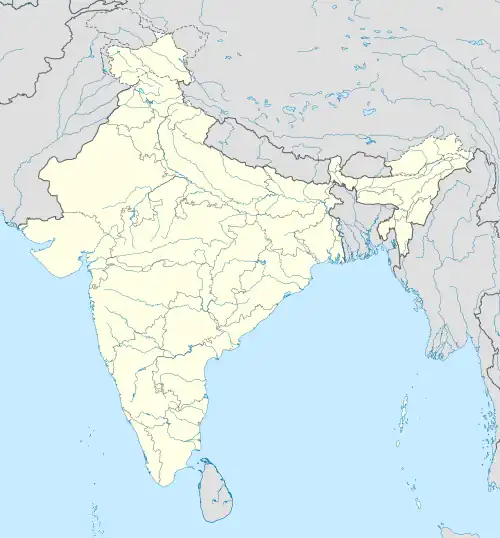𑀤𑀠
Ashokan Prakrit
Etymology
From Sanskrit दृढ (dṛḍhá), from Proto-Indo-Aryan *dr̥ẓḍʰás, from Proto-Indo-Iranian *dʰr̥ždʰás, from Proto-Indo-European *dʰr̥ǵʰtós (“strong, firm, hard”), from *dʰerǵʰ- (“to be firm, strong, tough, hard”).
Alternative forms
Attested at Girnar.
| Dialectal forms of 𑀤𑀺𑀠 (“firm”) | ||
|---|---|---|
| Variety | Location | Forms |
| Central | Kalsi | 𑀤𑀺𑀠 (diḍha) |
| Northwest | Shahbazgarhi | 𐨡𐨿𐨪𐨁𐨝 (driḍha) |
| Mansehra | 𐨡𐨿𐨪𐨁𐨝 (driḍha) | |
| West | Girnar | 𑀤𑀠 (daḍha) |
| South | Yerragudi | 𑀤𑀺𑀠 (diḍha) |
| Map of dialectal forms of 𑀤𑀺𑀠 (“firm”) | ||
|---|---|---|
Descendants
References
- Sen, Sukumar (1960) A Comparative Grammar of Middle Indo-Aryan, Linguistic Society of India, page 52.
- Turner, Ralph Lilley (1969–1985) “dr̥ḍhá”, in A Comparative Dictionary of the Indo-Aryan Languages, London: Oxford University Press
This article is issued from Wiktionary. The text is licensed under Creative Commons - Attribution - Sharealike. Additional terms may apply for the media files.
